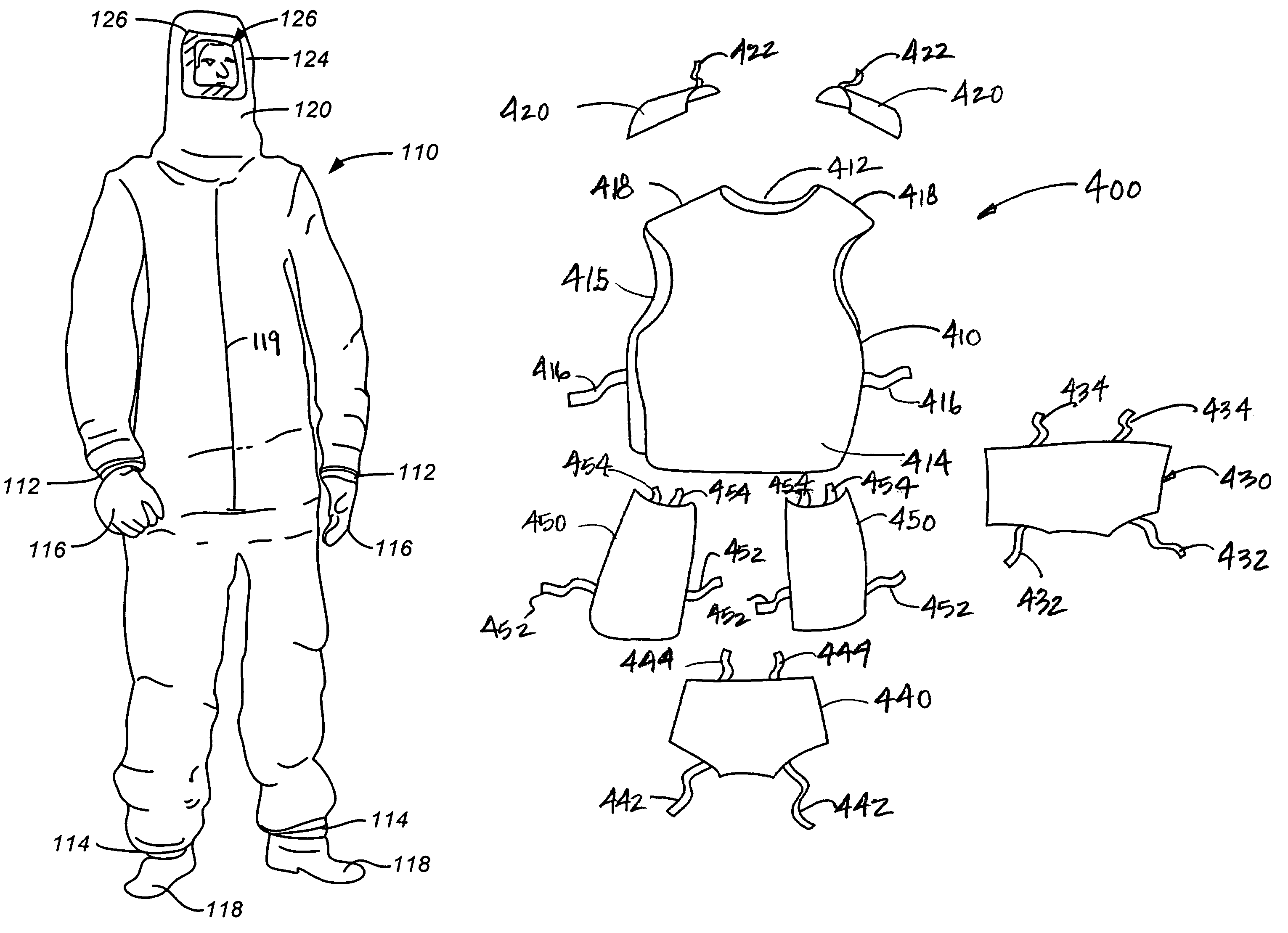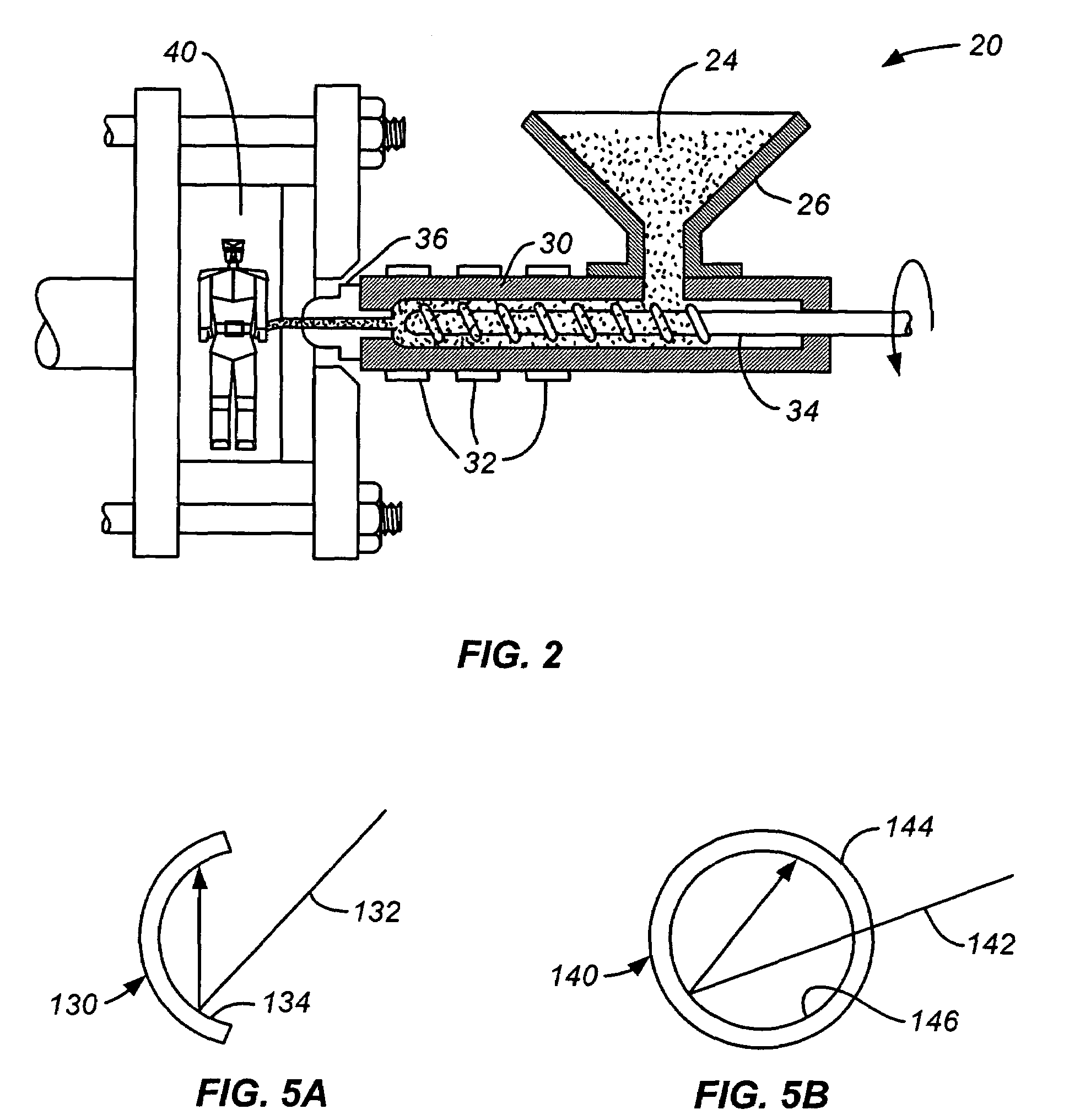Radiation detectable and protective articles
a detection and detection technology, applied in the field of radiation detection and protective articles, can solve the problems of difficult to effectively perform visual inspection of products manufactured on a high-speed assembly line, giving the human inspector enough time, and unable to effectively perform visual inspection, so as to achieve the effect of easy confirmation of attributes and presen
- Summary
- Abstract
- Description
- Claims
- Application Information
AI Technical Summary
Benefits of technology
Problems solved by technology
Method used
Image
Examples
Embodiment Construction
[0033]Referring now to FIG. 1, an example of a radiopaque polymeric article 10 of the present invention is shown. In this case, the radiopaque polymeric article 10 is a premium which can be inserted into cereal boxes taking the form of a plastic toy model. The radiopaque polymeric article 10 is preferably formed from a polymeric mixture, which includes one or more radiopaque materials and one or more polymers. The inclusion of one or more radiopaque materials is important for this polymeric mixture because polymers themselves are largely transparent to many forms of radiation, such as x-rays, and, as such, using a polymer alone will not produce an effective radiopaque polymeric article.
[0034]For the radiopaque materials, barium sulfate, tungsten and bismuth are preferred choices for the present invention because, as compared with lead, for example, they have fewer known heath hazards. Other radiopaque materials can also be used, including, but not limited to, barium, other barium co...
PUM
| Property | Measurement | Unit |
|---|---|---|
| grain size | aaaaa | aaaaa |
| thickness | aaaaa | aaaaa |
| flexible | aaaaa | aaaaa |
Abstract
Description
Claims
Application Information
 Login to View More
Login to View More - R&D
- Intellectual Property
- Life Sciences
- Materials
- Tech Scout
- Unparalleled Data Quality
- Higher Quality Content
- 60% Fewer Hallucinations
Browse by: Latest US Patents, China's latest patents, Technical Efficacy Thesaurus, Application Domain, Technology Topic, Popular Technical Reports.
© 2025 PatSnap. All rights reserved.Legal|Privacy policy|Modern Slavery Act Transparency Statement|Sitemap|About US| Contact US: help@patsnap.com



